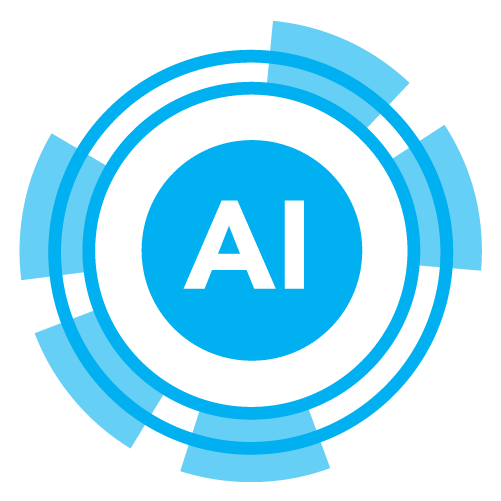How to choose the right AI tool for your work
Why selecting the right AI tool is crucial
In today’s fast-paced digital world, artificial intelligence (AI) tools have become essential for various professional and personal tasks. Whether you are working in marketing, data analysis, customer service, or content creation, finding the right AI tool can significantly enhance your productivity and efficiency. This guide provides a comprehensive overview of how to evaluate and choose the best AI tool tailored to your needs.

Key factors to consider when choosing an AI tool
AI tools vary widely in terms of features, complexity, and cost. To make an informed decision, consider the following factors:
1. Purpose and functionality
The first step is identifying the purpose of the AI tool. Ask yourself these questions:
- What tasks do I need help with? (e.g., content creation, automation, data analysis)
- Do I need a tool with specific capabilities like natural language processing, machine learning, or predictive analytics?
For example, if you need help generating written content, tools like ChatGPT or Jasper AI might be suitable. On the other hand, if you are analyzing large datasets, consider tools like Tableau or IBM Watson.
2. Ease of use
Evaluate how user-friendly the tool is. Key considerations include:
- Does the tool have an intuitive interface?
- Is it accessible for beginners or designed for advanced users?
- Are there tutorials or customer support available to help you get started?
For instance, tools with a drag-and-drop interface are ideal for users with minimal technical expertise.
3. Integration with existing systems
Determine whether the AI tool can seamlessly integrate with the software and platforms you already use. Compatibility with your existing workflow ensures a smooth transition and minimizes disruptions.
Examples of important integrations include:
- Customer Relationship Management (CRM) tools like Salesforce or HubSpot.
- Collaboration platforms like Slack or Microsoft Teams.
- Data storage solutions like Google Drive or Dropbox.
4. Scalability and customization
If your business or project is expected to grow, choose an AI tool that can scale with your needs. Check if the tool allows customization or offers upgrades for advanced features. This ensures that the tool remains useful as your requirements evolve.
5. Cost and return on investment (ROI)
While some AI tools are free, others come with a subscription or licensing fee. Compare the cost of the tool with the potential benefits it provides. Consider:
- Are there free trials or basic versions available?
- Is the price justified by the time and resources it saves?
- Will the tool generate measurable ROI in terms of productivity or revenue?
6. Security and compliance
AI tools often handle sensitive data, so it’s essential to ensure they comply with security standards and regulations. Look for:
- End-to-end encryption.
- Compliance with GDPR, HIPAA, or other relevant regulations.
- Transparent data usage policies.
7. Reviews and user feedback
Research reviews and testimonials from other users. Platforms like G2, Capterra, and Trustpilot can provide insights into the tool’s performance, reliability, and user satisfaction.
Steps to evaluate an AI tool
Step 1: Identify your requirements
Make a list of your specific needs and objectives. Consider short-term tasks and long-term goals.
Step 2: Research available options
Use online resources, forums, and professional networks to identify potential tools. Compare their features, pros, and cons.
Step 3: Test the tool
Take advantage of free trials or demo versions to understand how the tool works. Experiment with its features to see if it meets your expectations.
Step 4: Analyze the results
Evaluate the tool’s performance during the trial period. Assess whether it delivers on its promises and fits seamlessly into your workflow.
Step 5: Make a decision
Based on your analysis, select the tool that aligns best with your needs and offers the most value.
Popular AI tools for different tasks
| Task | Recommended Tools | Key Features |
|---|---|---|
| Content Creation | ChatGPT, Jasper AI | Natural language generation |
| Data Analysis | Tableau, IBM Watson | Advanced analytics, dashboards |
| Customer Support | Zendesk AI, Ada | Chatbots, automated responses |
| Marketing Automation | Marketo, HubSpot | Campaign management, insights |
| Image Editing | Canva, Adobe Sensei | AI-powered design suggestions |
Conclusion
Selecting the right AI tool can transform your workflow and lead to greater efficiency, accuracy, and productivity. By carefully assessing your needs and comparing available options, you can find the perfect tool to support your goals. Remember to test the tool before making a final decision, and always prioritize security, scalability, and user support.
